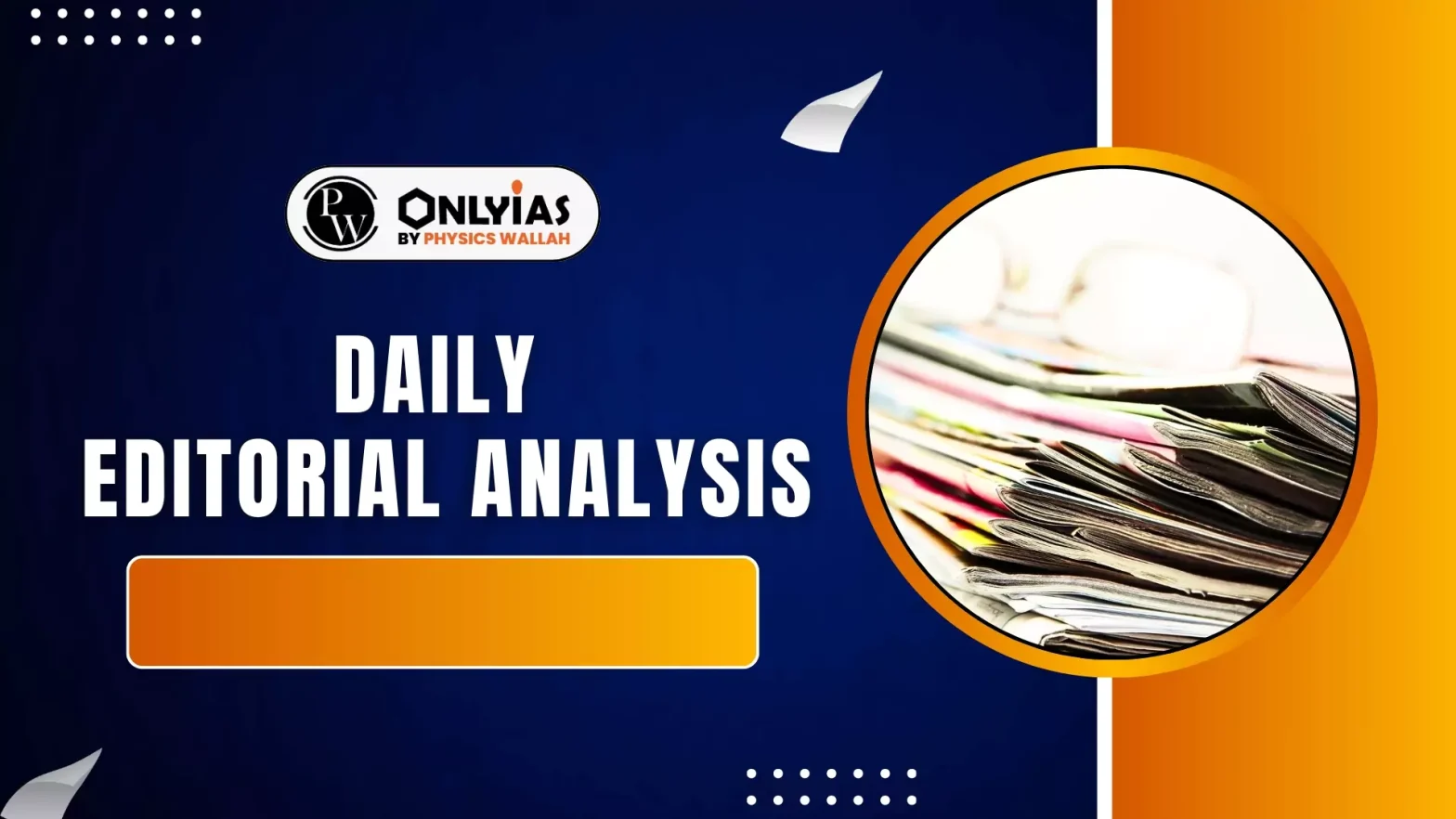![]() 26 Jul 2025
26 Jul 2025

Manipur currently operates under President’s Rule, a measure extended for another six months from August 13.
The ongoing extension of President’s Rule in Manipur is a testament to the severity of the ethnic conflict.
| Mains Practice |
|---|

<div class="new-fform">
</div>